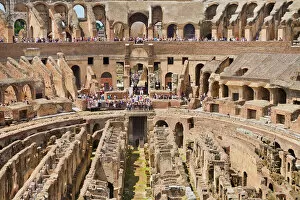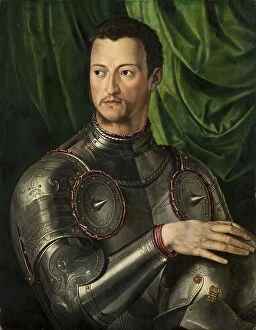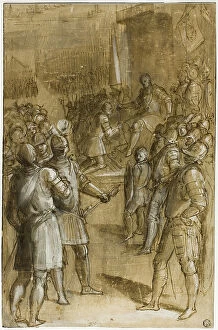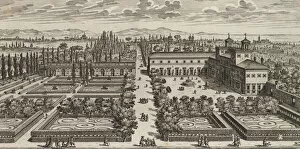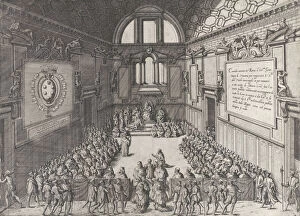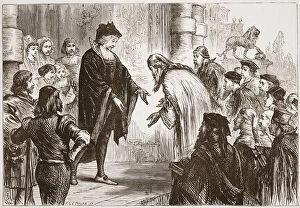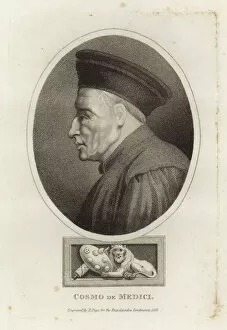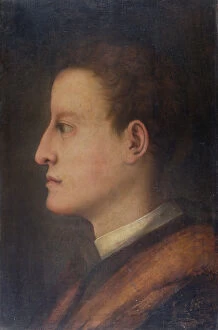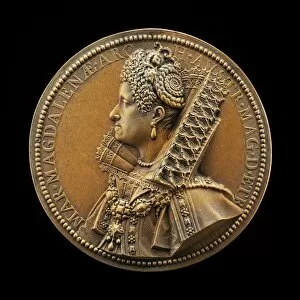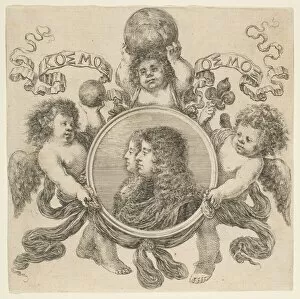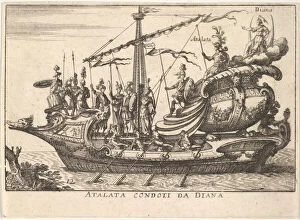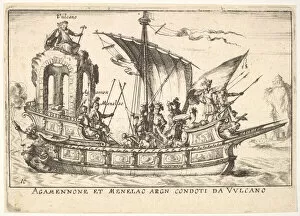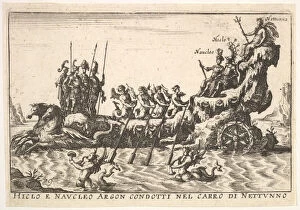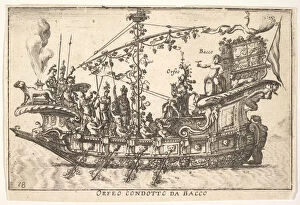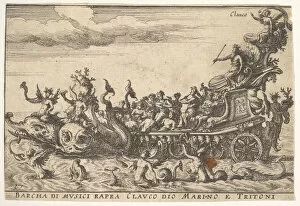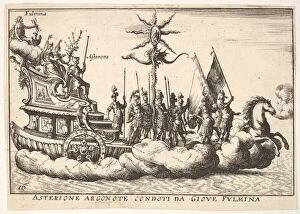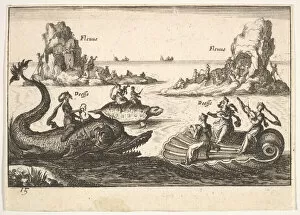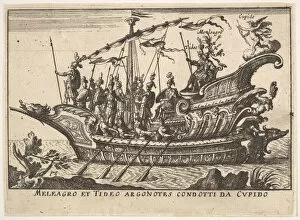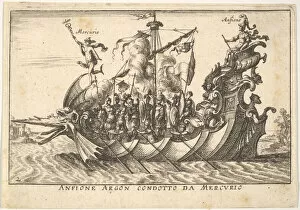Cosimo De Medici Collection
Cosimo de Medici: A Renaissance Icon of Italy Step into the rich history of Italy and you will undoubtedly encounter the name Cosimo de Medici
For sale as Licensed Images
Choose your image, Select your licence and Download the media
Cosimo de Medici: A Renaissance Icon of Italy Step into the rich history of Italy and you will undoubtedly encounter the name Cosimo de Medici. This influential figure, born in 1519, left an indelible mark on Italian politics, art, and culture. As I stand before the iconic Colosseum amphitheatre in Rome, built centuries ago by Emperor Vespasian, I can't help but imagine Cosimo's awe as he explored this magnificent structure, and is here that his passion for architecture was ignited – a passion that would later shape his legacy. In Lucas Vorsterman's portrait of Cosimo I de Medici from 1610-50, we catch a glimpse of his regal presence. The intricate details capture not only his physical appearance but also the power and authority he commanded as Duke of Tuscany. Moving beyond portraits to landscapes, Giovanni Battista Falda's depiction of Villa Medici transports us to a place where elegance meets tranquility. This grand residence served as a testament to Cosimo's refined taste and love for beauty. Pope Pius V recognized Cosimo's influence during an audience they shared in 1575-99. Their meeting symbolized the close relationship between church and state during this period – one that allowed Cosimo to further expand his reach across Tuscany. Engravings depicting various aspects of Cosimo's life showcase both his public persona and personal relationships. Whether it be receiving friends or engaging with clients, these illustrations reveal a man who valued connections and fostered loyalty among those around him. One cannot discuss Cosimo without acknowledging his role in trade fairs like those depicted in Champagne circa 1300. His support for commerce helped fuel economic growth throughout Italy - an enduring legacy still felt today. Finally, Il Vecchio’s oil painting from 1518 captures young Cosimo at the cusp of adulthood.

